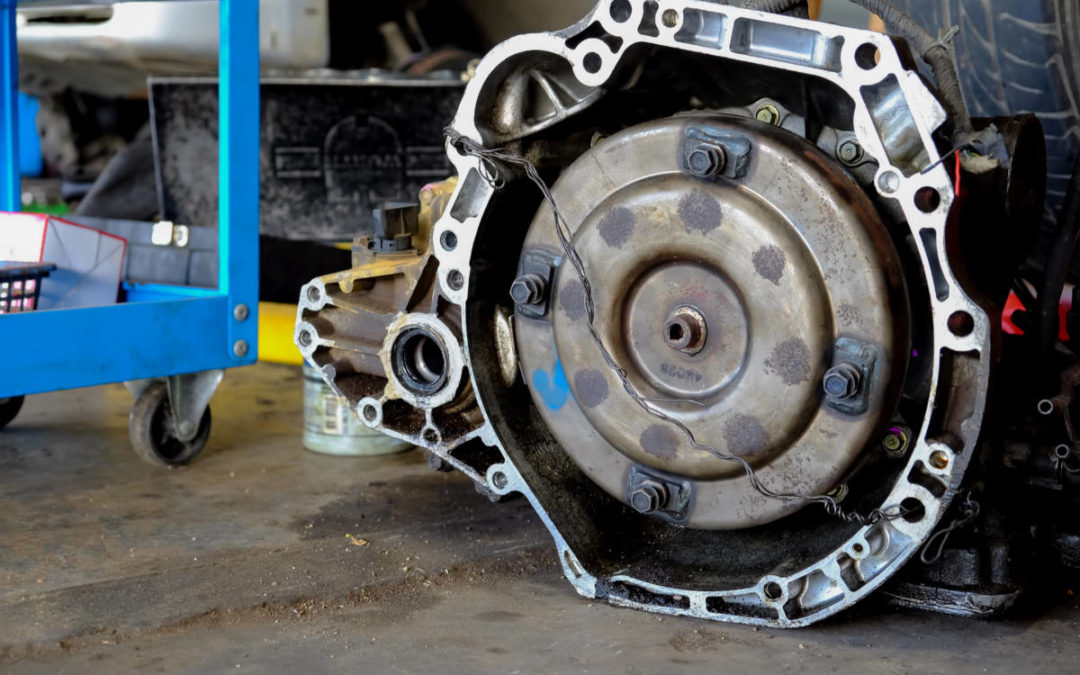Automatic gearboxes are an essential aspect of any modern vehicle. They provide the driver with the ability to drive at higher speeds than they could if shifting gears manually and also help to improve fuel efficiency. As a result, automatic gearbox diagnostics is essential for all automotive enthusiasts. In this blog post, we will talk about what you need to know about automatic gearbox diagnostics so that you can identify problems before they happen!
The first step in d. with an automatic gearbox is understanding how it works. Automatic gearboxes use a series of gears to change the speed and torque of the engine, which then sends power to the wheels. This system can be pretty complex, so you must have a basic understanding of how it works before you get started diagnosing problems.
Common Automatic Gearbox Problems
A common problem that many people experience with automatic gearboxes is losing power or speed. Still, if you understand how an automatic gearbox works, it’s easy to identify the source of this problem.
For example, If your car struggles going uphill and even on flat roads at times, this could be caused by either low engine oil level or transmission fluid levels.
You may also find yourself experiencing trouble accelerating from the start of stoplights if there isn’t enough pressure on the clutch plates, which means changes will have to be made within the gears themselves so they can work together effectively again!
Another issue might involve incorrect operation due to a fault in some electrical components related to shifting between gears. If there is a problem with how bags are being moved, it might be as simple as changing the transmission fluid or something more serious like replacing some internal mechanical components.
If your car experiences difficulty changing gear or struggles going up hills, you may have problems with low oil levels and need to top them off again. It’s also possible for faulty electrical systems related to shifting between gears can cause issues, in which case a new transmission fluid needs to be used at first.
Finally, suppose any parts of an automatic gearbox aren’t working together correctly due to either incorrect operation from faults within electronic components or malfunctions involving hydraulic pressures on clutch plates. In that case, they’ll have to be replaced instead after symptoms arise.
Final Thoughts
Gearbox diagnostics can be a complex process, but by understanding how an automatic gearbox works and the symptoms of common problems, you can save yourself a lot of time and money in the long run. If your gearbox is unrepairable you may need to find a used BMW gearbox for sale!


